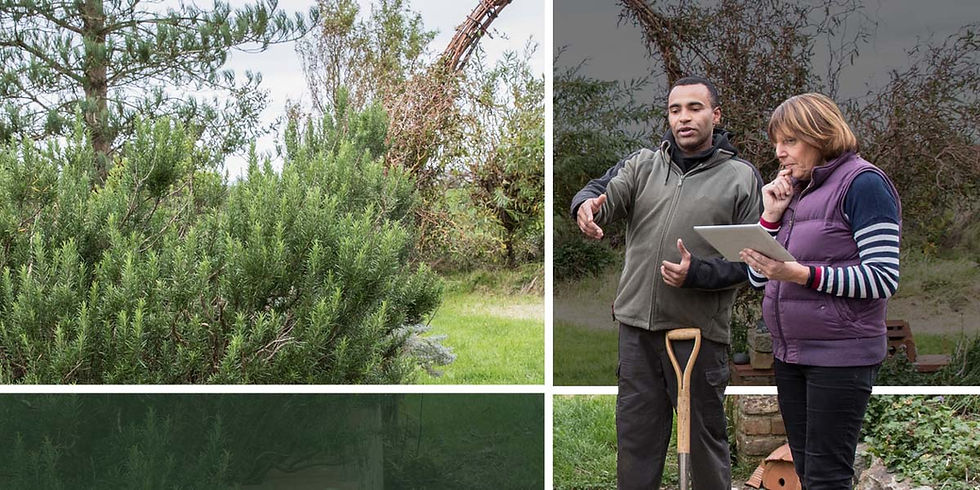Common drainage issues, and how to solve them
- Rooted in Nature

- Nov 3, 2021
- 2 min read
Updated: Apr 30, 2024

It's no secret that your lawn needs the right amount of water to thrive. But if you don't properly control how water - from storm runoff or other sources - is managed on your property, you could end up with a drainage problem.
Whether your area has been receiving heavy rain (Maryland has this year, that's for sure!) or your yard has existing grading problems, drainage issues can cause a lot of damage to your lawn, landscape or home. Fortunately, there are many drainage solutions to help you fight back against an overflow of water.
Here are three of the most common types of drainage problems homeowners deal with on a regular basis and the drainage solutions that can help.
Water traps. Depressions and dips in your yard can trap water and hold onto it, creating puddles throughout your lawn. This can kill your turf, hurt your planting beds and create muddy, marshy conditions that could become breeding grounds for mosquitoes. Give water a better place to go with solutions like the age-old French drain, a system that helps with the flow of water. Read our blog post on the French Drain here.
Excessive water in planting areas. When you spend as little as 5% of your home's value on landscaping, you can yield a return on investment as high as 150%. But unchecked water can also wipe out that same landscape investment. Improper planting bed design can impede water flow, or a lack of underground drainage options can result in standing water -- both of which can cause excess water to collect in your plant beds and drown your shrubs, flowers, and plants. Keep water out of your plant beds by installing in-ground drainage solutions such as catch basins and atrium grates. These will protect root systems (and your home) from rot by drawing water away from garden areas.
Excessive water from downspouts. Your gutter system's downspouts need to have exits that properly drain water away from your home and your yard. Without proper drainage, concentrated amounts of water can oversaturate plant material, damage your foundation and promote mold and mildew growth. To prevent excessive water from collecting around your downspout right next to your home, connect your downspout to an underground pipe with a built-in catch basin, or simply add downspout extenders where needed. These options will divert the water away from your foundation and the planting beds/soil abutting your home.
Looking for professional drainage and erosion solutions? Hire a pro to do the dirty work for you! Please feel free to contact us at 443-846-0199 or info@rootedinnaturemd.com.



Comments